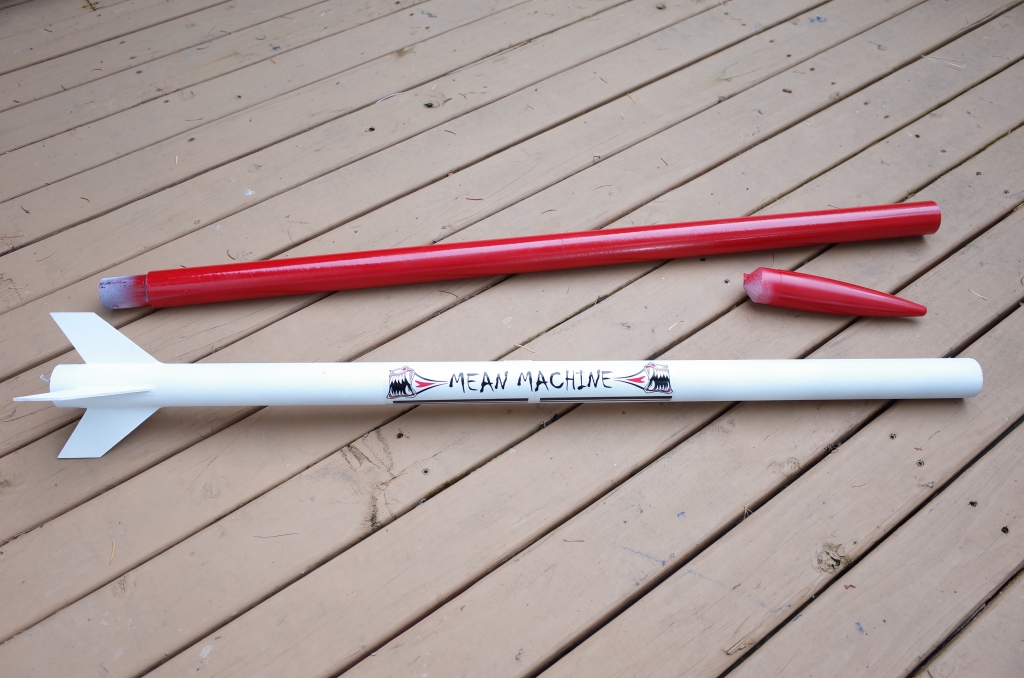They say trees love to eat rockets. It’s true. I learned my lesson as soon as I got into the rocket-launching game, with my first two models – the Crossfire and the Amazon. I figured the rockets were very small, and they couldn’t possibly go that high or land far away. Boy, was I wrong.
What I wasn’t counting on during that first launch was the wind, and the intensity with which that wind would catch a successfully deployed parachute. And carry it very far away, very quickly.
Mother Nature is a cruel mistress.
Anyway, that just meant finding a bigger field for my next launch. Luckily, I’d heard about a place called 60 Acres Park in Redmond, WA, roughly a 30 minute drive from where I live. I decided to check it out last weekend, and it was the perfect spot to launch a rocket. It was also the perfect weather – a beautiful sunny, crisp, clear day. And it was extremely calm, with no winds, which was ideal.

The field was totally empty except for one or two others flying small drones at the opposite end of the field. For a brief moment, I wondered whether they might hover their drones directly over my rocket, to call my bluff in a battle of wills. But they moved on.
The field was huge, leaving me plenty of margin for error. Given my experience last time, I needed as much room for error as I could get. More than a room; a whole duplex.
I did a couple successful launches with the very small “Athena,” and then a couple with the much larger “Mean Machine.” Below I’ll just mention the smaller rocket and then follow up shortly with another post for the bigger one.

After every launch, the parachute inside the Athena popped out but never fully deployed or opened up. This was a consistent problem, although not a big one. The rocket is so small and lightweight that it can fall back to the ground without sustaining any damage.

The only time I was in danger of losing it was when it veered slightly toward the sun, and I totally lost sight of where it was as I was momentarily blinded by the light. It’s surprisingly easy to lose these things. But I revved up like a deuce and eventually recovered it.
More than anything else, I think the biggest thing I learned from this was how big of a difference a change in weather conditions and launch location can make. And these have all been relatively small rockets, so the difference will only be multiplied many times over once the rockets get more powerful.
Speaking of which, next up: the Mean Machine.







